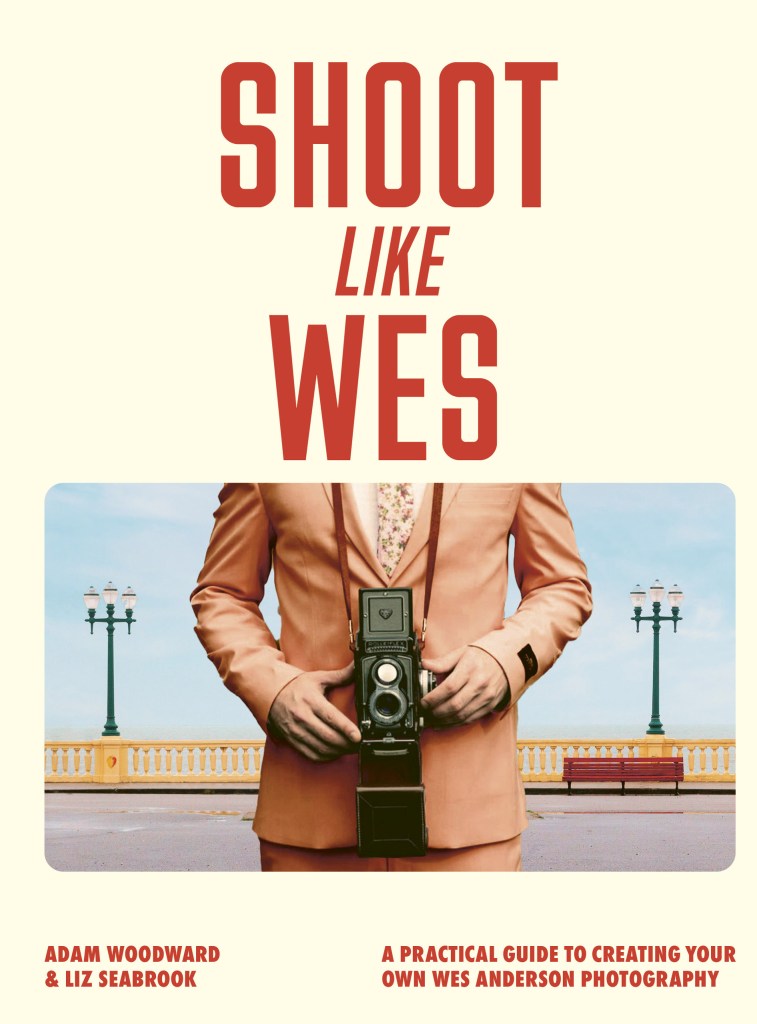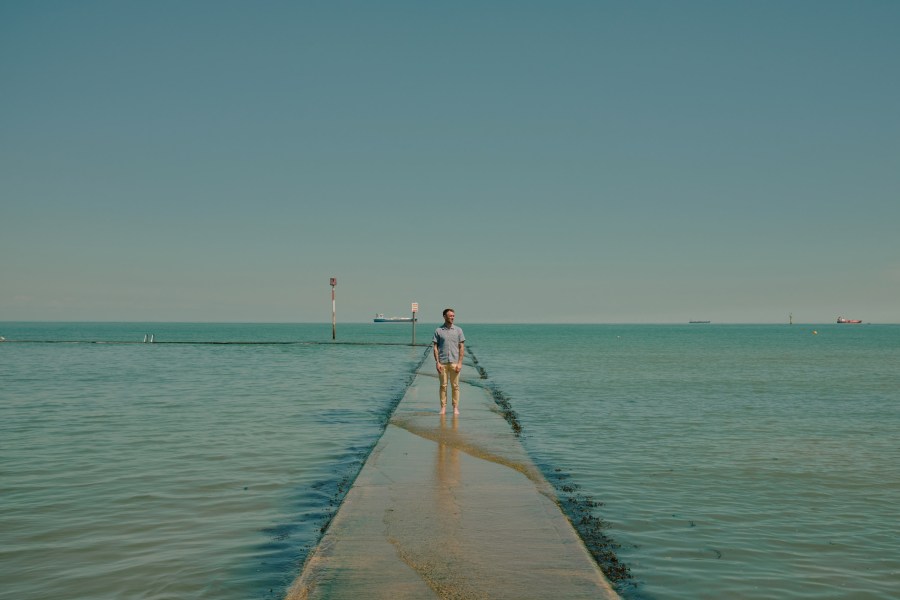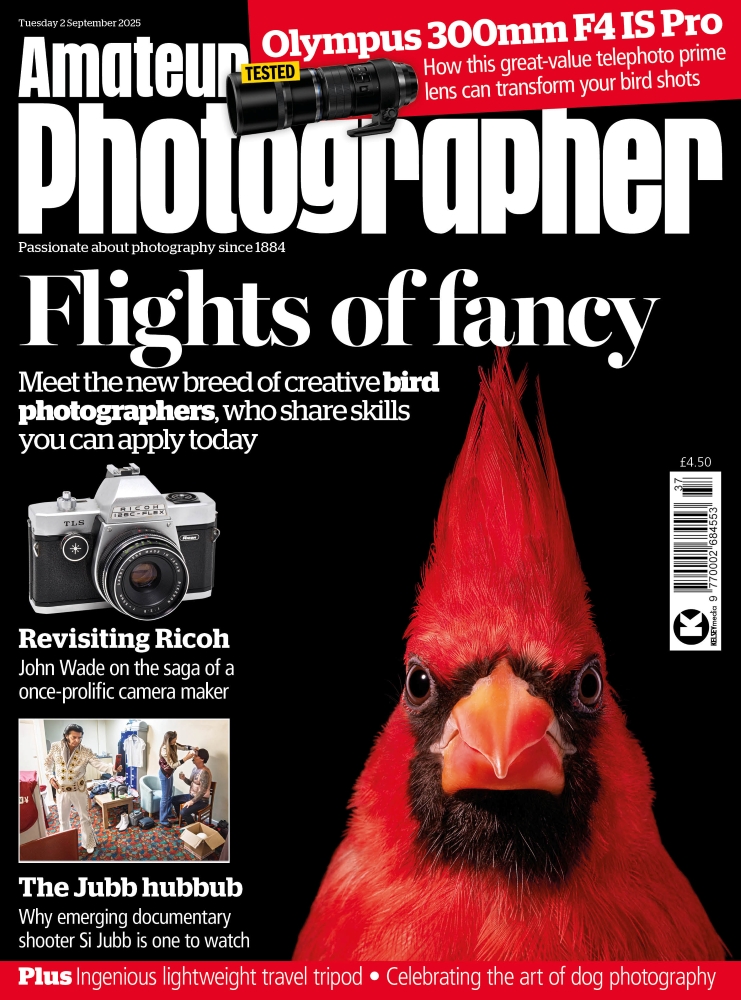There’s a reason your Instagram feed sometimes looks like a Wes Anderson film – think pastel façades, symmetrical cafés, and candy-coloured laundromats. It’s no coincidence. For over a decade, the American director’s unmistakable visual style has captivated photographers and videographers around the world to Shoot Like Wes.
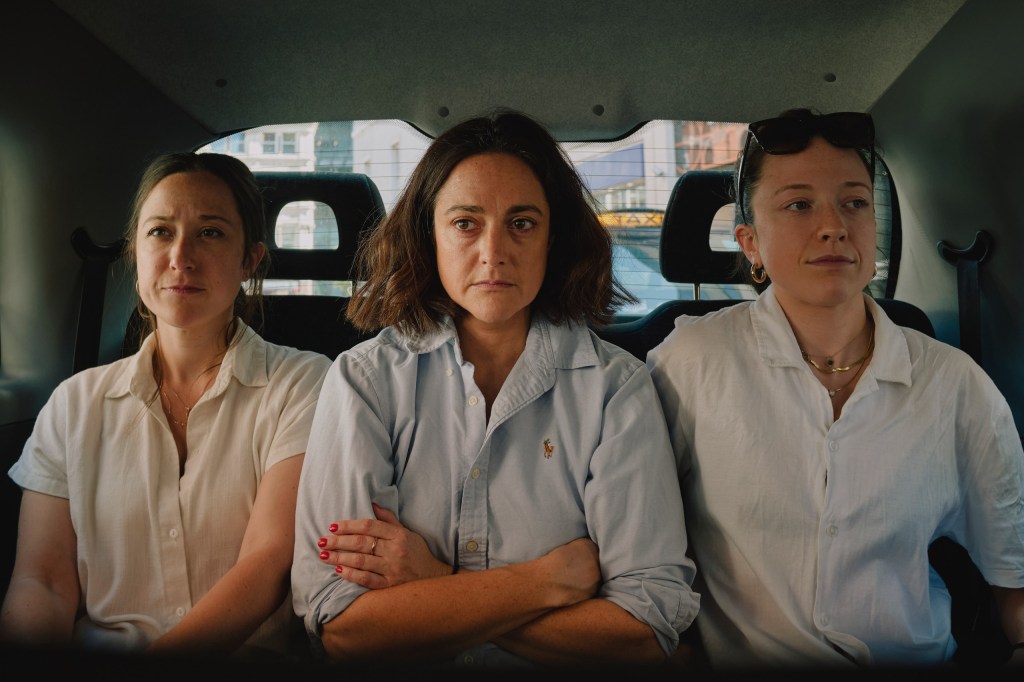
From casual phone snappers to seasoned editorial shooters, Wes’s aesthetic offers a new lens through which to explore balance, colour, and whimsy.
At the heart of his look is a near-architectural sense of symmetry. Wes’s frames are meticulously composed to lead the eye to the centre, creating a sense of calm and order that’s anything but static.
This symmetry isn’t just for looks – it’s a storytelling tool that conveys control and intention. Paired with this is a highly curated colour palette, leaning heavily on pastel hues that evoke the nostalgia of vintage postcards and analogue photography. These carefully matched tones do more than decorate; they set moods, hint at character traits, and highlight thematic contrasts.
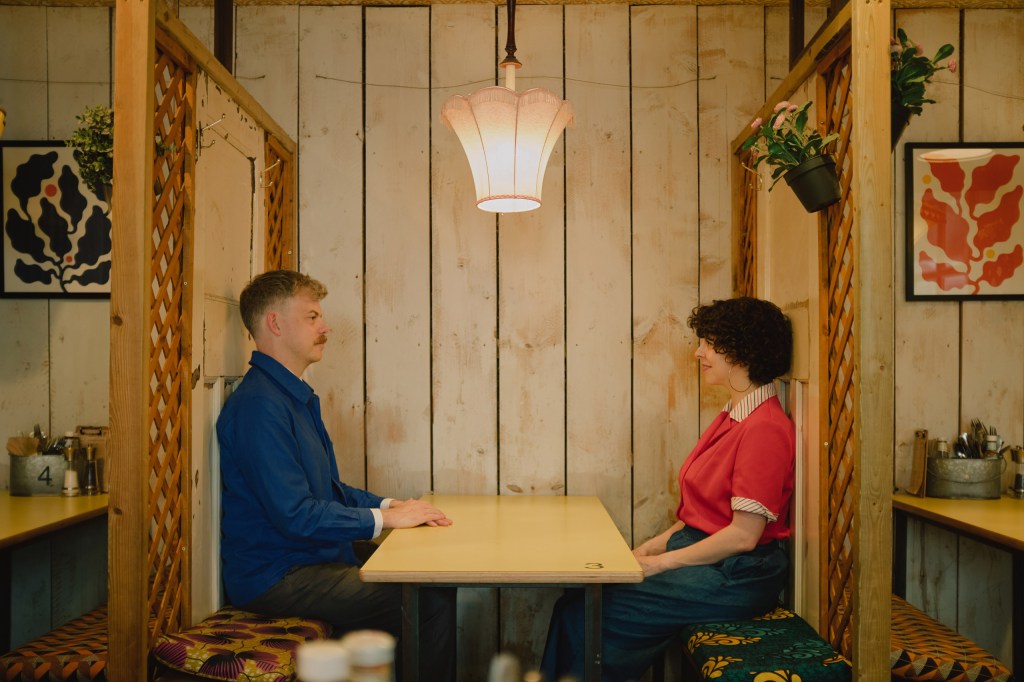
For photographers, mastering these elements means thinking beyond the subject to see the entire frame as a cohesive canvas. Beyond film and editorial shoots, Wes’s aesthetic has flourished in the digital age, especially on Instagram.
From interior designers styling quirky cafés to influencers curating pastel-hued feeds, the visual language has woven itself into popular culture. This widespread influence highlights the power of a distinctive, cohesive style in an era flooded with images, sparking discussions about originality versus homage in creative work.
Deadpan humour
Wes Anderson’s distinctive style didn’t appear overnight. It’s a carefully crafted blend of influences – from European art cinema and mid-century design to vintage children’s books and theatre.
His penchant for meticulous detail and deadpan humour creates worlds that feel both nostalgic and fresh. This visual language taps into a collective longing for order, colour, and story in an increasingly chaotic digital world. Photographers are drawn to this balance of control and whimsy because it offers a creative playground where the every day becomes cinematic.
Portrait photographer and author Liz Seabrook recently teamed up with her husband Adam Woodward, editor at Little White Lies, to create a new book titled Shoot Like Wes. It’s a vibrant new guide that reveals how photographers of all levels can harness Wes’s distinctive techniques.
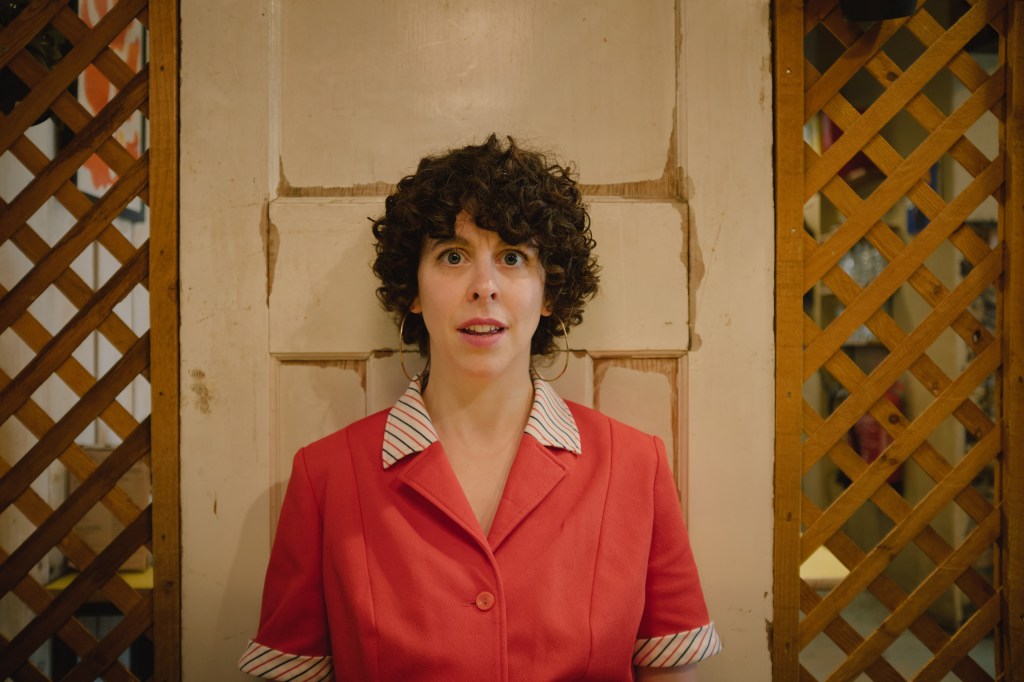
Enter the world of meticulously framed shots, pastel palettes, and offbeat storytelling. Whether you’re a film buff, a photography nerd, or just someone who likes things to look aesthetically pleasing, this book is your passport to visual perfection.
Each page is packed with digestible breakdowns of camera angles, lighting techniques, props, wardrobe, and colour theory – all inspired by the cinematic genius of Wes Anderson.
Their book doesn’t aim to replicate Wes’s work frame-for-frame. Instead, it offers a creative lens for experimenting with composition, colour theory, and retro styling to expand your artistic vision.
Playful
Packed with rich imagery and in-depth analysis of Wes’s body of work, Shoot Like Wes is both comprehensive and playful. It’s the only guide you’ll need to transform everyday scenes into vibrant, storytelling moments worthy of the big screen.
Each chapter focuses on a specific aspect of the Wes Anderson aesthetic – from the God’s-eye view in The Royal Tenenbaums to the low-angle shots in Fantastic Mr. Fox, and the flawless symmetry in The Grand Budapest Hotel.
With step-by-step photography challenges and accessible tips, it encourages readers to shoot with intention – whether they’re using a DSLR or a phone.
To understand how to photograph like Wes Anderson, it helps to know what makes his style instantly recognisable: deadpan symmetry, pastel colour palettes, central framing, and a fondness for retro detail.
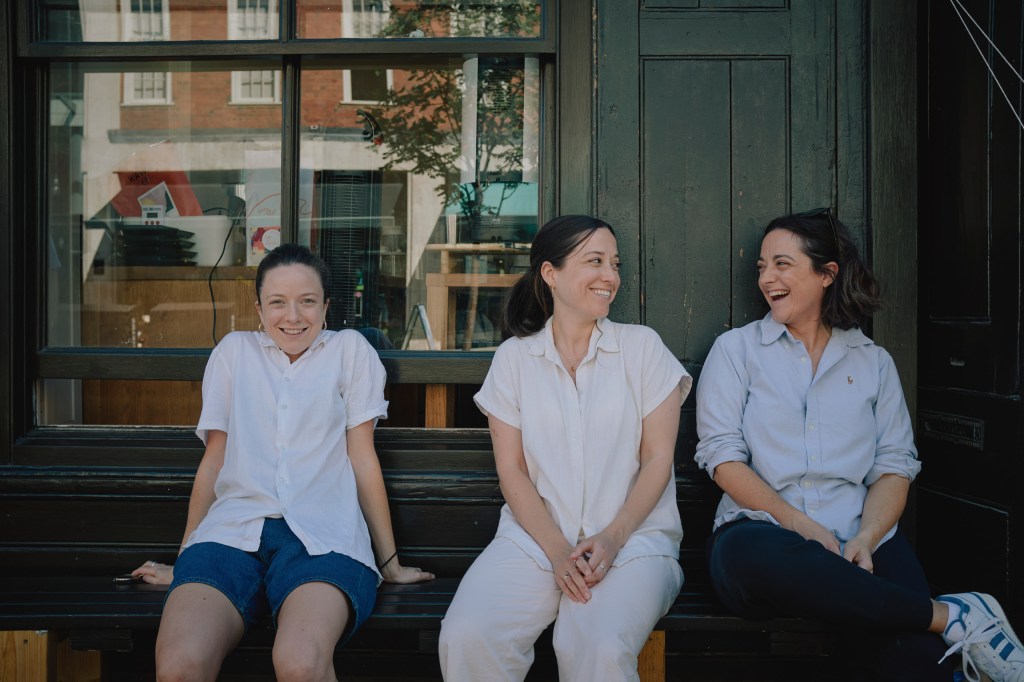
His visuals are so specific they’ve become a sub-genre of their own. ‘You look at a still from a Wes Anderson film, and you instantly know it’s him,’ says Liz. ‘There’s that feeling of control and intention behind every shot. I think that’s what photographers really tap into.’
Wes Anderson’s compositions often resemble standalone photographs – meticulously balanced, lit, and styled like editorial spreads or fine art tableaux. ‘You can pull any still from The Grand Budapest Hotel and it’s basically a photograph,’ Liz adds. ‘It makes sense why people want to recreate that.’
Capturing Wes’s aesthetic is no small feat. Unlike a film set with a full crew of designers, costume artists, and lighting experts, photographers usually have to improvise with available environments and limited resources.
Andersonian charm
Liz points out that much of Wes’s charm comes from layers of deliberate art direction – from props and costumes to choreography. Translating that into a single photograph requires patience and creativity.
One tip Liz shares is to start small: look for symmetry in everyday scenes or experiment with colour coordination in your subject’s outfit and background. It’s about training your eye to spot potential ‘Andersonian’ moments in the ordinary.
His visual style has long appealed to photographers for its balance, nostalgia, and cinematic charm. It’s more than just inspiration; it’s a blueprint for creative storytelling through imagery. As Liz explains, ‘That sense of control and intention speaks to photographers.’
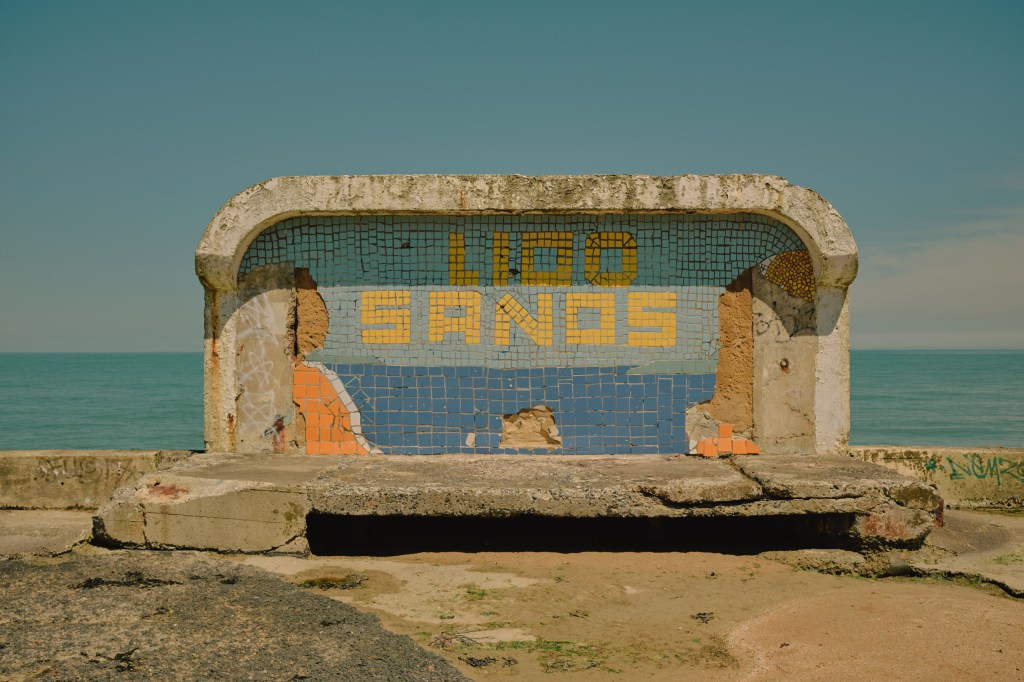
Shoot Like Wes encourages photographers not to copy Wes’s work but to understand and adapt his visual language. The book breaks down techniques like central composition, colour matching, and retro styling – teaching readers how to incorporate these elements into their own photography. ‘It’s a playful, accessible manual,’ says Liz. ‘Whether you’re shooting on a smartphone or a DSLR, these are teachable, repeatable techniques.’
Fresh eyes
The book presents a fresh perspective on creativity – reminding readers that photography isn’t about owning the best gear, but about learning to see the world in a unique and inspiring way. From colour-coordinated outfits to perfectly balanced frames, it’s about intentionality and fun.
What’s striking about Wes’s style is its versatility across genres. Street photographers find pastel garages and line them up just so. Still-life shooters mimic his flat-lay compositions with vintage objects and muted tones.
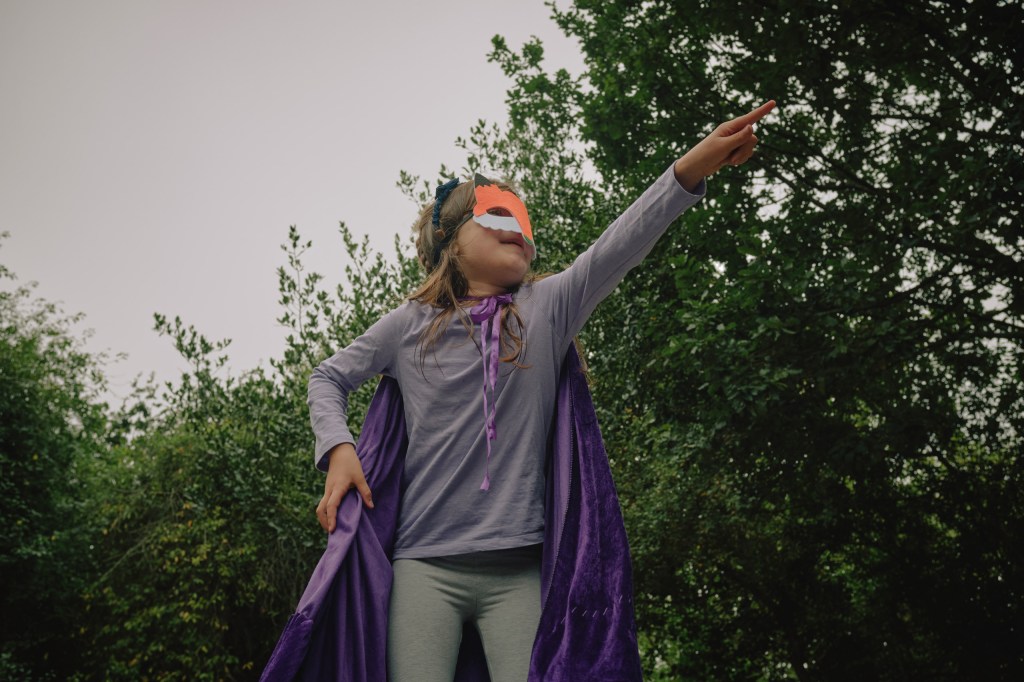
Portrait photographers like Liz draw inspiration from his stylised environments and performative characters. ‘I shoot a lot of environmental portraits,’ she explains, ‘so I’m used to working with what’s already there. With Wes Anderson, everything is constructed – costume, set design, even choreography.’
In this sense, Wes acts less like a director and more like an art director – a dream collaborator in any photographer’s imagination. However, distilling all that into a single image without a full crew is a challenge.
Why does Wes’s style resonate so deeply? Liz suggests a few reasons. Photographers thrive on control, and Wes’s meticulous compositions offer that satisfaction.
Shoot like Wes
His films evoke childhood and travel memories with palettes drawn from 1960s postcards, offering analogue charm in a digital world. Theatrical, quirky worlds invite fun rather than perfection. Use of negative space, symmetry, and centre-framing echoes many photographers’ instincts but with added whimsy.
‘People connect with visuals that feel made,’ says Liz. ‘In a time when everything is fast and disposable, Wes Anderson’s work feels like a little refuge.’
Part of the book’s charm is its accessibility. It’s not just for seasoned pros – beginners can jump in too. ‘You don’t need a Leica, says Liz. ‘You can shoot this stuff on your phone.’
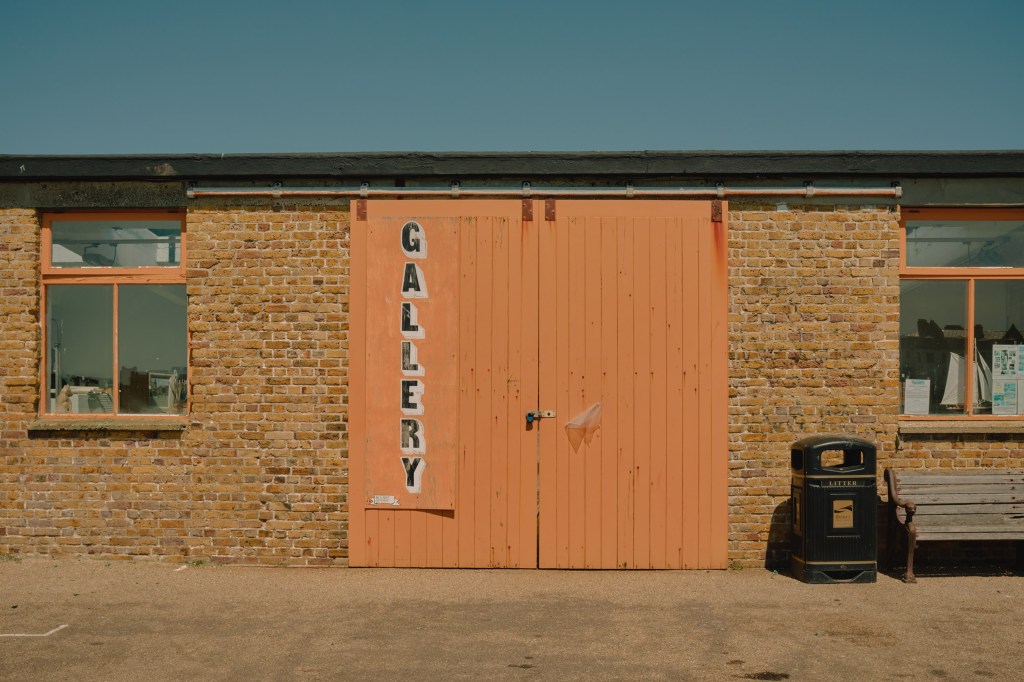
Wes’s style is immediately inviting, unlike some directors with cryptic or avant-garde visuals. Anyone can appreciate the charm of Moonrise Kingdom’s summery campsites or the quirky melancholy of The Royal Tenenbaums.
Permission without pressure
Liz stresses the goal isn’t to become a Wes Anderson impersonator but to use his techniques as a springboard for your own creativity. ‘The dream is that someone uses this as a jumping-off point – to build their own style,’ she says. This is where Shoot Like Wes excels: it gives permission to play, experiment, and create without pressure. Whether you’re photographing a pastel gas station or styling a friend against a turquoise wall, if you find it fun, that’s enough.
For photographers eager to channel a bit of Wes Anderson in their work, Liz offers some practical starting points. Look for symmetry in unexpected places – reflections, doorways, or rows of objects – and position your subject centrally to create a strong sense of balance. This simple compositional trick helps evoke the meticulous order that defines Wes’s style.
Andersonian intent
Colour coordination is another key element. Whether through wardrobe choices or background settings, aim for muted, pastel tones that bring a nostalgic, vintage feel to your images. These carefully matched colours work together to set the mood and give your photographs that distinctive Andersonian charm.
Props and set dressing also play a vital role in achieving the look. Liz encourages photographers to use these deliberately, even if it’s as simple as incorporating a vintage chair or a patterned curtain. It’s the attention to small details that elevates an image from ordinary to cinematic.
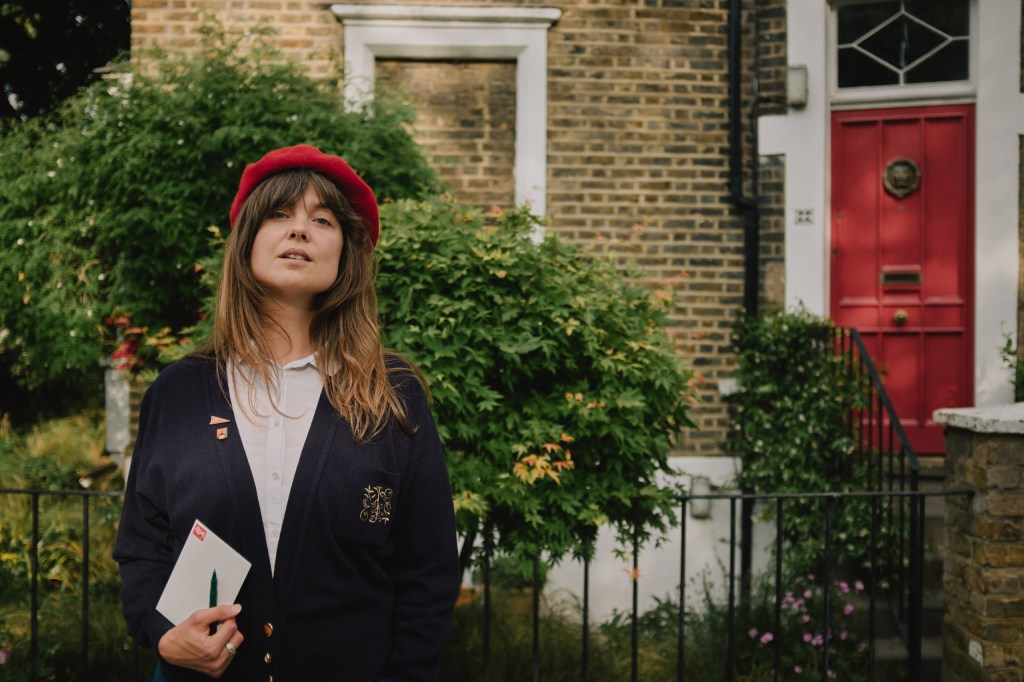
Lighting is equally important. Don’t shy away from flat, even lighting that reduces harsh shadows and enhances the storybook quality of your shots. This kind of lighting helps maintain the soft, controlled atmosphere characteristic of Wes’s visuals.
Finally, think like a director. Plan your shot with intention, considering how every element – from composition and colour to props – contributes to the story you want to tell. This purposeful approach turns a simple photograph into a carefully crafted narrative, capturing the essence of Wes Anderson’s style.
Shoot Like Wes offers photographers a chance to rethink their approach to composition and colour, reminding us that powerful stories often live in the curated, colour-matched, perfectly balanced frame. If your next shot includes a velvet curtain, a mustard suit, or a pink building – all the better.
Shoot Like Wes: A Practical Guide to Creating Your Own Wes Anderson Photography, published by White Lion Publishing, £16.99, is on sale now. Follow Liz Seabrook and Adam Woodward on Instagram at @lizseabrook and @adamwoodward
